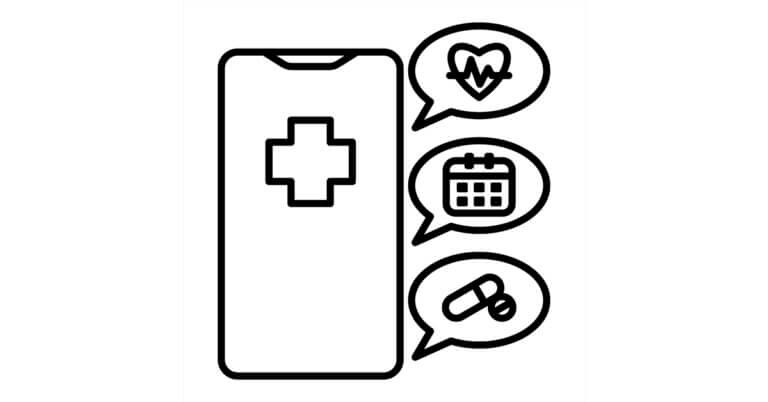November 1, 2023

Bankrupting Patients. Not a Good Business Strategy.
One of the hot healthcare stories last week was the release of the Commonwealth Fund’s first annual Health Care Affordability Survey. The survey results, which I’ll go into in a moment, confirmed what we know already, and that’s rising prices for medical care are forcing consumers into unaffordable medical debt, causing them to forgo needed care in the future while trying to pay off their old medical bills.
But the fact that the highly regarded Commonwealth Fund now says so, too, gives the topic a little more gravitas than it had previously. Like when New York Times or Wall Street Journal reports on a healthcare issue that we in the trenches have been covering for years.
That said, it dawned on me while reading the Commonwealth Fund’s survey results that unaffordable medical debt is a crisis for more than just consumers. It’s also a crisis for providers like hospitals, health systems and physician practices. It’s a self-inflicted crisis for providers because it’s simply bad business.
Hear me out.
Hospitals, health systems and physician practices are businesses like businesses in any other industry. A business sells things. Why does it sell things? To bring in revenue. Why does it want to bring in revenue? To make a profit if it can control its expenses. Why does it want to make a profit? To financially benefit its owners, shareholders and investors, no matter who they are. Businesses are in business to make money. Pretty straightforward and hard to argue with.
That business model only works if customers can afford what the business is selling. If they can’t afford what a business is selling, they won’t buy anything, or they’ll borrow money to buy something they can’t afford. If it’s the latter, the business has to spend money chasing customers down for what they owe.
Hospitals, health systems and physician practices are pricing themselves out of business. Providers are charging so much for medical care that their customers can’t pay their current bills and can’t afford to buy more care even when they need it. Providers also are spending billions of dollars each year chasing customers down for the money they owe. Bankrupting your customers is bad business. It’s that simple.
Let’s look at a few findings from the Commonwealth Fund report that support this simple truth. The report is based on a survey of more than 6,000 working adults aged 19 to 64.
- 51% said it’s “very” or “somewhat” difficult to afford their healthcare costs.
- 38% said they’ve delayed or skipped needed care or a prescription drug over the past year because they couldn’t afford it.
- 57% of those who said they delayed or skipped needed care or a prescription drug said their health condition got worse because of it.
- 32% said they have medical or dental debt that they’re paying off over time.
- 39% said having medical or dental debt that they’re paying off forced them to cut back on basic necessities like food, heat or rent.
- 48% said their outstanding medical or dental debt was $2,000 or more.
- The leading causes of debt were hospital care, cited by 54% of the respondents, followed by doctor’s office visit (37%) and emergency care (35%).
- 67% said they were making debt payments directly to providers.
“The relentless growth in the cost of healthcare, driven primarily by prices commercial insurers and employers pay to providers and for pharmaceuticals, is at the root of the nation’s medical debt and affordability crisis in commercial insurance,” the report said.
That’s the Commonwealth Fund speaking, not me. Although I basically said the same thing in this blog post, “The Medical Debt Pyramid Scheme.”
Bankrupting your customers is not a good business strategy.
Thanks for reading.
To learn more on this topic, please read or listen to:
- “Unpaid Medical Bills and Consumer Credit Scores”
- “Can We Regulate Ourselves Out of the Medical Debt Crisis?”
- “The Nays Have It. Healthcare Is Not Getting More Affordable for Consumers”
- “Arizona, Oregon Voters Pass Healthcare Affordability Measures”





